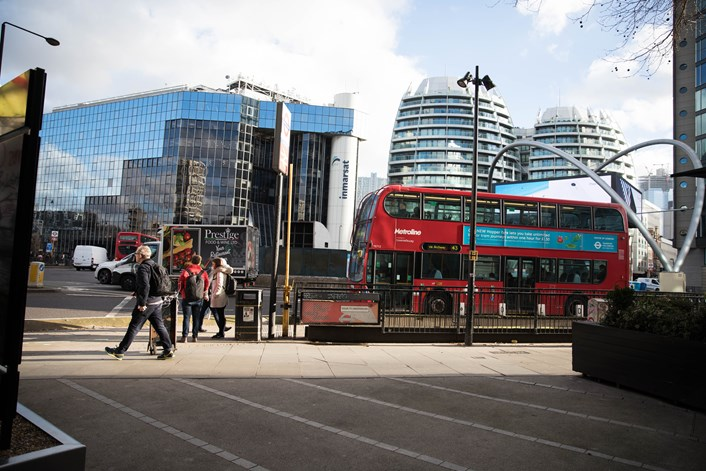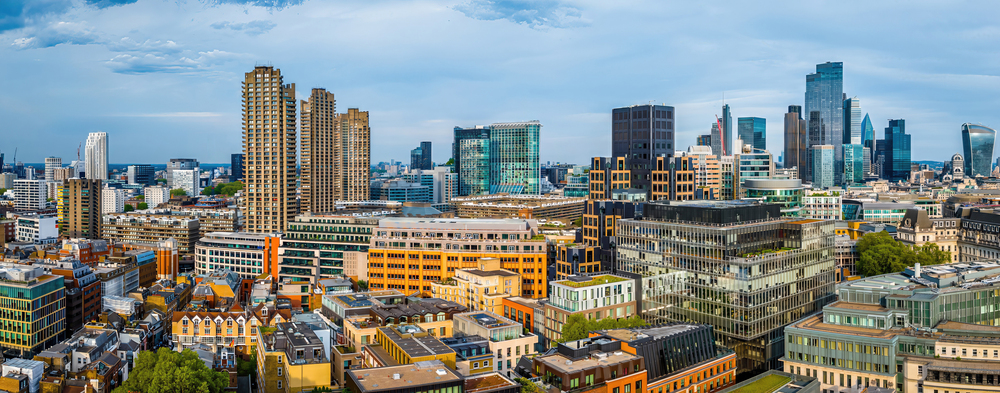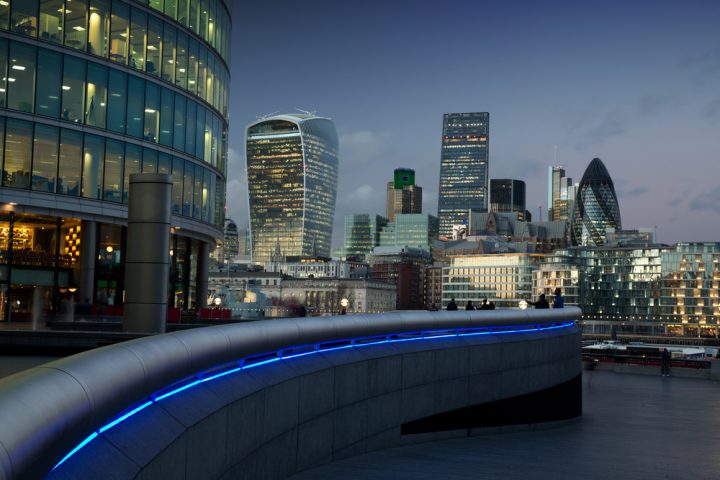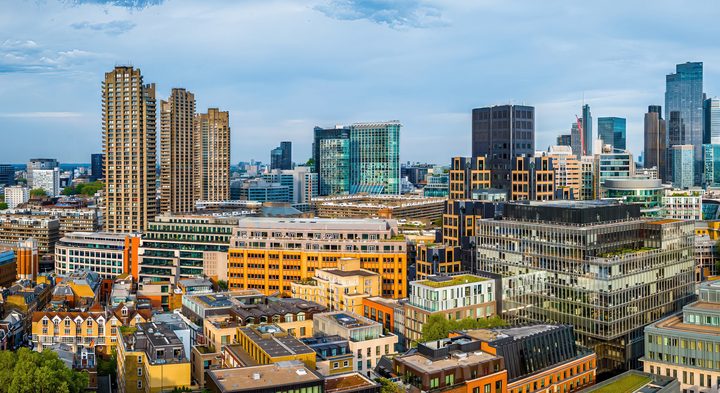Sustainable architecture has evolved from a niche concept to a central tenet in building design, driven by environmental imperatives and a need to create efficient, livable spaces. This practice is integral in reshaping urban landscapes, especially in major cities. It addresses both environmental concerns and economic efficiency, making it a cornerstone of modern urban development.
What is Sustainable Architecture?
Sustainable architecture refers to design practices that minimize the environmental impact of buildings. This is achieved through energy efficiency, use of sustainable materials, and design strategies that reduce resource consumption. It integrates principles of circular economy, aiming to create buildings that are both environmentally responsible and resource-efficient throughout their life cycle.
Key Takeaway: Sustainable architecture is about more than aesthetics; it’s a functional necessity in today’s climate-conscious world.
Benefits of Sustainable Architecture
Environmental and Economic Impact
The main advantage of sustainable architecture is its profound environmental impact. By reducing energy usage and waste, these practices significantly lower the carbon footprint of a building. Many sustainable buildings utilize renewable energy sources such as solar panels and wind turbines, resulting in lower operational costs over time.
Financially, initial investments in sustainable materials might be higher, but they often lead to cost savings in maintenance and energy consumption. Buildings designed with sustainable architecture principles attract environmentally conscious tenants and buyers, thereby increasing property value and marketability.
Here are some key benefits of sustainable architecture:
- Reduces environmental impact through eco-friendly design
- Decreases energy consumption and utility costs
- Enhances indoor air quality and occupant health
- Utilizes renewable energy sources and materials
- Increases property value and marketability
Key Takeaway: Sustainable buildings aren’t just eco-friendly; they also offer significant economic advantages.
Integrating Sustainability in Existing Structures
Case Study: Retrofitting Success
Retrofitting existing structures presents a unique opportunity to infuse sustainability into older buildings. For instance, converting traditional office spaces into energy-efficient environments can drastically reduce their environmental impact.
A notable project transformed a 1970s office building by incorporating state-of-the-art insulation and energy systems, reducing energy consumption by 40% annually. This approach aligns with ESG construction standards, emphasizing environmental, social, and governance criteria.
Key Takeaway: Retrofitting existing buildings can significantly cut energy use and embody sustainable practices, proving cost-effective in the long run.
Challenges and Future Prospects
Despite the clear benefits, challenges in sustainable architecture remain. High upfront costs and the need for specialised skills can hinder widespread adoption. However, advancements in technology and increasing demand for green spaces are expected to drive innovation and reduce costs over time.
As regulations become stricter and the population grows more environmentally conscious, the demand for green buildings is likely to surge. This shift will position sustainable architecture as not merely an option but a necessity.
The journey towards a greener urban future hinges on embracing sustainable architecture. By integrating these principles, we remain at the forefront of creating innovative solutions that not only meet the needs of today but also ensure a sustainable tomorrow.






